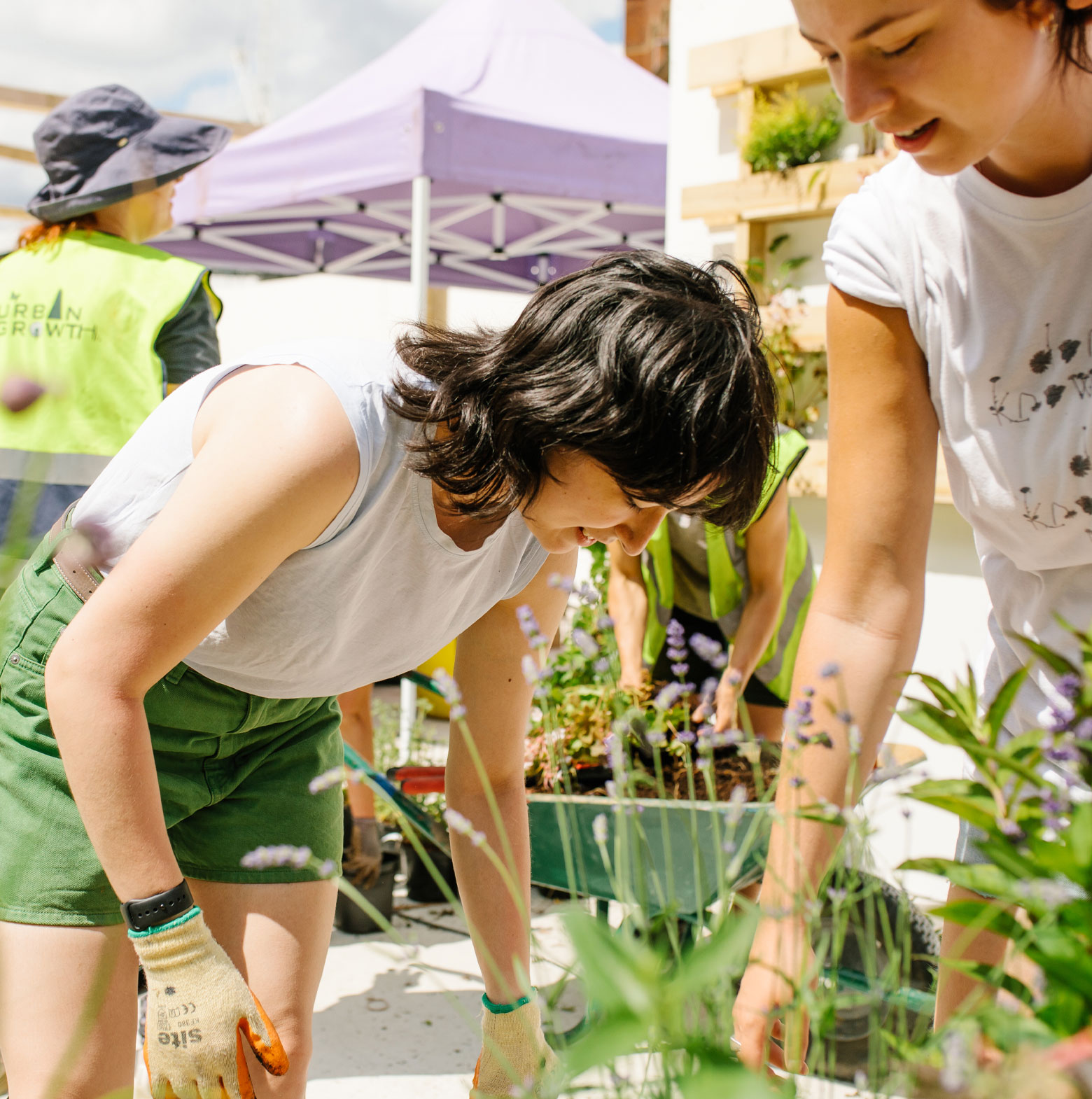On Wednesday 20th April, Dominvs group and the Mayor’s Fund for London hosted the ‘Built Environment & Young People – Time to Dismantle the Myths’ event, free of charge at our flagship hotel, The Dixon. The purpose of the event was to better understand how companies within the built environment can work together to challenge the perceptions of the sector for young people. The focus of the discussion was about how to make the built environment more accessible to young people from non-traditional backgrounds as the sector faces a skills crisis.
Opened by Sietske van der Ploeg, director of strategy and campaigns at the Mayor’s Fund for London, who spoke about the Firm Foundations campaign – seeking to promote diversity and inclusion across the built environment by signing 100 businesses up to the initiative. This creates a community of companies that are committed to this goal and achieve its objectives through events and collaborations.
Sietske was followed by Dominvs group’ Director of Social Value and Community Investment, Wesley Ankrah, who provided the keynote address. Wesley spoke on maximising the impact of social value outcomes for young people through engaging those in education and social work to build bridges into the sector to change perceptions.
Wesley also spoke of the importance of creating role models in the industry to inspire young people and drew on the example of Dominvs group’ founder, Sukhpal Singh Ahluwalia, who fled Uganda as a refugee and started several successful businesses, including Dominvs group.
Wesley’s keynote speech was followed by a panel of industry experts working across the built environment, and chaired by Sietske, who used their experience to contribute to an in depth conversation around creating accessibility for young people.
The panel consisted of: Mohamed Khan, Studio Director at Stephen George + Partners; Natalie Booth, Group Head of Talent at Berkeley Group; Karina Williams, CEO of Shadow to Shine; Melissa Dias, Graduate Design Manager at Wates Group; and Pierre-Etienne Accarier, Associate Director of Real Estate at Oxford Properties.
The panel discussed the reasons young people aren’t joining the industry, what good diversity and inclusion practice looks like and how it should be promoted and how the industry can scale up its engagement with its future workforce.
The key takeaways from the discussion were:
The importance of role models –
- It’s crucial for young people to have access to industry professionals who offer them time and space to learn, investing in people as well as projects
- Most young people lack the opportunity to network, so providing them with access to the stories of industry superstars such as Tony Pidgeley and Sukhpal Singh Ahluwalia, as well as access to intergenerational mentoring schemes to provide young people with different mentoring opportunities across the industry.
Educating the educators –
- How the industry engages young people is incredibly important
- The key to changing young people’s perceptions of the built environment lies in starting engagement at an early age.
- This begins in schools, and working with teachers and social workers will enable young people to start realising the opportunities available to them at an earlier age.
- This will relay back to parents who will themselves change perceptions and can foster that ambition.
- It can be as simple as talks in schools, but can lead to work experience, integrated learning or even vocational educational platforms
- People don’t choose to be in property because it lacks brand and marketing to engage parents and schools for career choices
Creating curiosity –
- Young people are inquisitive and the built environment needs to learn how best to stimulate them
- Young people are independent and passionate, they need to be at the centre of the industry’s change, and the built environment need to facilitate giving them what they can’t access themselves – the opportunity and the network
- There is a need to engage young people on the concepts they feel passionate about, like sustainability, but in terms they understand – not corporate jargon
- The industry must do more to engage young people on their own terms, through technology such as TikTok and Snapchat that they are literate in. By doing so the industry can be creative and tap into the influencer and sponsorship mentality
- Creating this curiosity will revolve around promoting new innovations within the sector like MMC and sustainable design
Pooling resources –
- The system isn’t broken, it just needs refining – the infrastructure is in place, the sector must learn to creatively use technology to pool resources and share best practice
- Small practices must collaborate to maximise the impact the built environment can have on young people and what it can do for them
- The built environment has the potential to be one of the most accessible sectors in the world, but people must work together, across the public and private sectors, to actualise this






